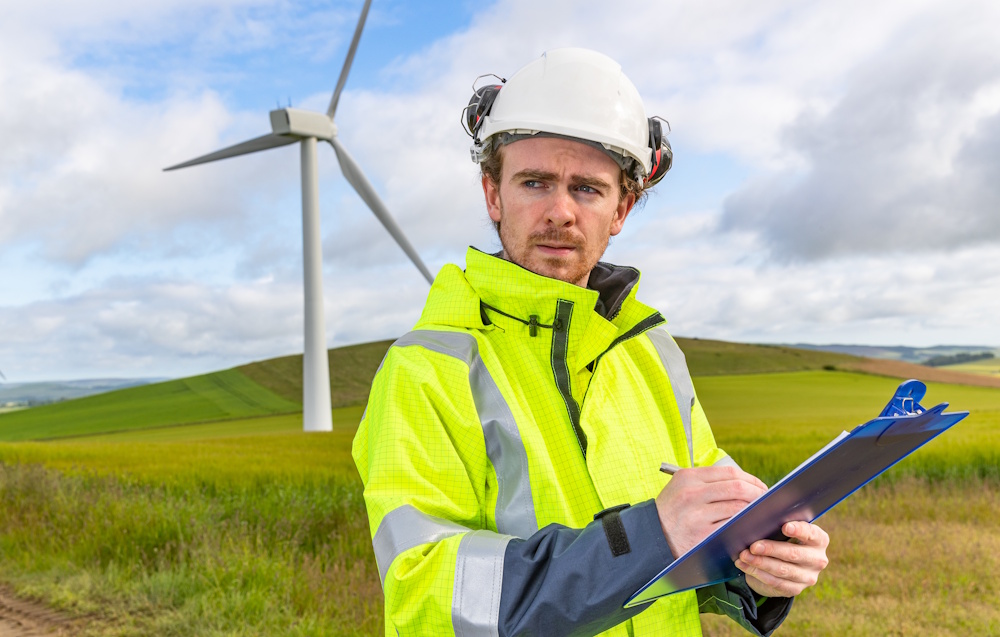Article
Being Positive about Net Negative: Communicating on Carbon Dioxide Removal, Part 1

Carbon dioxide removal (or CDR) – not just reducing the rate at which we emit carbon, but actually removing it from the atmosphere – is one of the toughest problems in climate tech. It’s technically challenging to start with, also needs to accelerate from the pilot stage to global rollout at breakneck pace. The economics, regulation, and technology are slowly falling into place, but after false starts and scandals in the carbon credit and offset markets, the field is still poorly understood outside the narrow niche it occupies in the climate discourse – and controversial. When one of the leading lights of CDR, Climeworks, is called out in BloombergNEF as ‘unaffordable, ineffective and politically toxic’– it should send warning signals throughout the industry.
Even in the most optimistic scenarios for renewable energy rollout, humanity still needs to cancel out the damage that we’ve already done, and the emissions it’ll be impossible to abate to keep the climate at a safe temperature. Somehow, in decades to come, we’ll need to get carbon dioxide out of the air, and fast. Currently, we’re not doing this anywhere near fast enough.
Technically – there are lots of ways to generate these negative emissions; the best known are probably those at two ends of a continuum that runs from the nature-powered (planting or protecting lots of trees) at one end to the industrial (direct air capture (DAC) facilities that suck carbon out of the air).
However, there are far more options on the table, many of which fall somewhere in between the industrial and the natural; hacking biology to suck methane out of the air, enhanced rock weathering to help to making biochar, to locking away carbon in building materials; we’re not short of options. As we’ve explored in our work with the Carbon Technology Research Foundation, there are a huge number of technology pathways out there waiting to hit the mainstream, and we can’t just rely on direct air capture alone.
As with so many climate tech challenges, it’s a team sport.
All this needs funding, however – and we’re seeing the funding conversation evolve as well. The discussion within the corporate decarbonisation space is increasingly focused on purchasing carbon dioxide removals (CDR) rather than credits or offsets, which should be more likely to see money translate into carbon being removed – not just avoided.
The regulation is evolving to facilitate this CDR market. The UK has just confirmed that carbon dioxide removals will fall under its emissions trading scheme (ETS), following the EU’s lead, which is vital step in incentivising what has been a voluntary purchase so far; once CDR can be traded, it means companies will be able to buy removals to offset their own emissions, up to a certain point.
The pieces are finally falling into place for CDR to accelerate, but success is by no means guaranteed. In the US, which has been a major research and funding hub for CDR technology, the administration’s anti-climate backlash threatens to derail major projects. Moreover, many projects are still at the R&D stage, and will only receive their pledged funding if they make it through the dreaded cleantech startup ‘valley of death’ and start functioning at scale. With high levels of R&D investment and capital expenditure still needed – even well-funded projects can run out of road.
Big, bold projects – as many carbon removal projects are – also need local support. We saw this earlier this year with a marine CDR trial in Cornwall, where local opposition on environmental grounds was a huge factor in the project leaving the UK. Some of the strongest criticism of Climeworks, a leading DAC project, came from local reporting on their own front doorstep into their emissions, which it found outstripped the amount of carbon the project was removing (more on that later).
All the right pieces are in place – but the CDR sector needs to win the battle of ideas. Specifically, CDR companies, marketplaces, researchers and supporters, need to convince investors, regulators, and companies that they are part of a credible, hopeful, and possible net-zero future.
This is no easy feat. Few other fields have been forced to scale up so quickly, going from lab experiments to gigatonne-scale megaprojects in a matter of years, not decades. While some buyers and legislators will be willing and able to discuss different strategies in minute detail, even relatively sustainability-inclined audiences will be starting from a low knowledge base.
In our next blog on the series, we’ll outline some of the most pressing challenges communicators on CDR need to solve.
If you’d like to chat more about communicating on climate technology, get in touch here.





